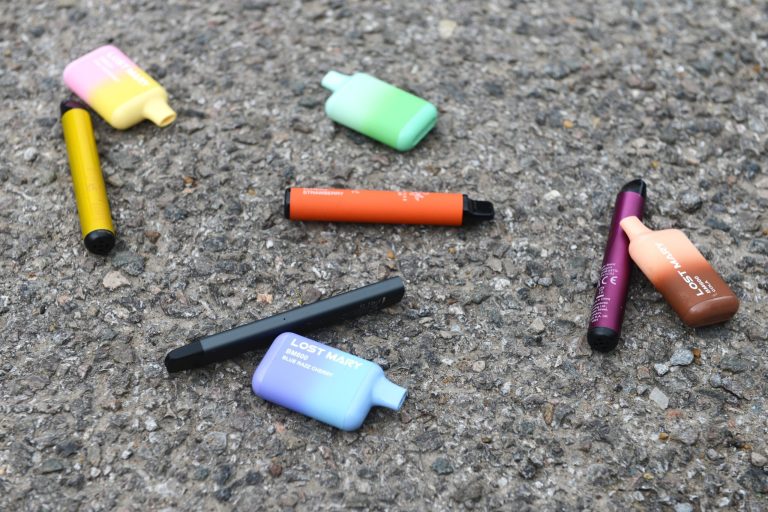Shirts get dirty, smelly and wrinkled just by being worn. Add sweat, body oils, bodily
sheddings (skin flakes) and topical applications (creams and lotions) and the results are even worse.
The best solution is to hand wash your shirts, but that’s not practical for many of us. The next best option is to use a delicate cycle in your washer with a cold water setting.
Maintenance
Proper shirt care is key to extending the life of your shirts. From washing cold to hanging to dry, every detail is important in maintaining a shirt’s fabric and form.
Consider pretreating your stains with liquid dishwashing detergent or specialized stain remover before washing. This will help to eliminate most stains before they have a chance to set.
Avoid excessive dry cleaning; it is hard on shirts and wears them out faster. It is also good to periodically inspect shirts for signs of wear and repair. The thoi trang cao cap aristino will extend the life of your shirts and ensure that you always have something fresh to wear.
Washing
It’s no secret that shirts get dirty, smelly and wrinkled just by being worn. That’s because shirts come into contact with bodily secretions – sweat and body oils, bodily sheddings – skin cells and hair follicles, and topical applications – creams and lotions.
Fill a tub or sink with water of the temperature indicated on the care tag and add high quality detergent. Submerge the shirt and move it gently back and forth in the soapy water.
We recommend that you also gently scrub the collar, collar band, cuffs and underarms with your detergent or soap. Doing so will help reduce collar stains caused by perspiration and–sometimes–dead skin cells.

Stain Removal
Even the best-made shirts can get stained from sweat, food, blood, ink, mildew and more. Using a stain pen or wipe to address a mishap before it sets in is ideal.
Staining around the collar is easily vanquished with something you’re pretty sure to have on hand – shampoo. Pour a small amount onto the collar and work it in well, then soak for 30 minutes before washing as usual.
Armpit stains and yellowing of the shirt cuffs are caused by body oils interacting with aluminum in deodorant, which absorb into the fabric. To remove these stains, create a soaking solution and apply a stain removal paste.
Ironing
Nothing takes a smart look from polished to sloppy faster than a few unsightly creases or wrinkles. Ironing your shirts regularly will not only help them look crisp and professional, but it will also keep them in good condition.
Before ironing, be sure to use distilled water in your iron to avoid mineral build-up. Using this method reduces the amount of time and effort it takes to clean and maintain your iron.
Start by ironing the shirt cuffs, making sure to smooth out both layers of fabric with your hands before placing the iron on top. Once the cuff is smoothed out, turn the sleeve over and iron the other side in large sweeping motions.
Steaming
A quality steamer provides more polish than an iron and is great for touch-ups on a garment as it is less time-consuming. Always make sure to use distilled water in your steamer to avoid mineral build-up or blockages of the steam holes on the metal soleplate. It is also important to work in sections and move the steamer constantly as moisture can build up quickly.
Before folding your shirt, button up all the buttons and align the cuffs with the side seam of the body to help maintain shape. Always remember to allow the garment to cool down and dry before putting it back in your wardrobe or closet, as too much moisture can cause mildew or bacteria.
Proper Storage
Storing dress shirts properly is key to preserving their quality, appearance, and longevity. Whether you fold them or put them in storage boxes, following the proper storage methods will minimize wrinkles and keep them safe from other threats like dust, moisture, pests, and sunlight fading.
For the best results, store a shirt after wearing it in the same manner that you would fold or hang it. It’s also a good idea to periodically inspect your shirts for signs of wear and tear that may require attention or repair. Organizing shirts by color or style adds a visually appealing touch to your closet or drawer and makes it easier to locate specific garments when needed.
